Chipotle Pepper Powder: Smoky Heat in a Bottle – Your Ultimate Guide to Flavor & Fire!
If you’ve ever taken a bite of smoky, slightly spicy food and thought, 'What magic is this?', there's a good chance chipotle pepper powder was behind the flavor. Whether you're grilling up tacos on a Sunday or spicing up your homemade salsa, chipotle powder brings a deep, earthy warmth that’s hard to match.
Table of Contents
- What Exactly Is Chipotle Pepper Powder?
- Flavor Profile & Heat Level
- Creative Ways to Use It in Everyday Cooking
- Buying Guide: How to Choose the Best Chipotle Powder
- Health Benefits You Might Not Know
- Storage Tips for Maximum Shelf Life
- How Does It Compare to Other Spices?
- Final Thoughts: A Must-Have Spice in Every Kitchen
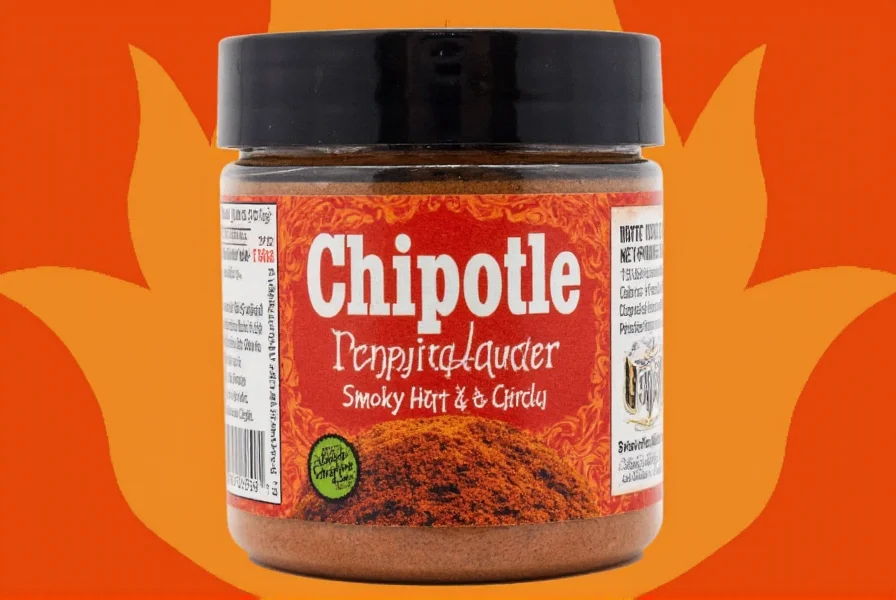
What Exactly Is Chipotle Pepper Powder?
Let’s start with the basics — what makes chipotle pepper powder so special? The journey begins with jalapeño peppers. These are left to ripen longer than usual until they turn red, then they’re smoke-dried and ground into a fine powder.
This drying process is what gives chipotle its signature smoky depth, setting it apart from other chili powders. In fact, the word “chipotle” comes from the Nahuatl (Aztec) word *chilpoctli*, which means “smoked chili.”
While many spice blends might include fillers like salt or flour, true chipotle powder is made from 100% smoked jalapeños — nothing else. That purity translates directly into flavor, making it a staple in Mexican cuisine and beyond.
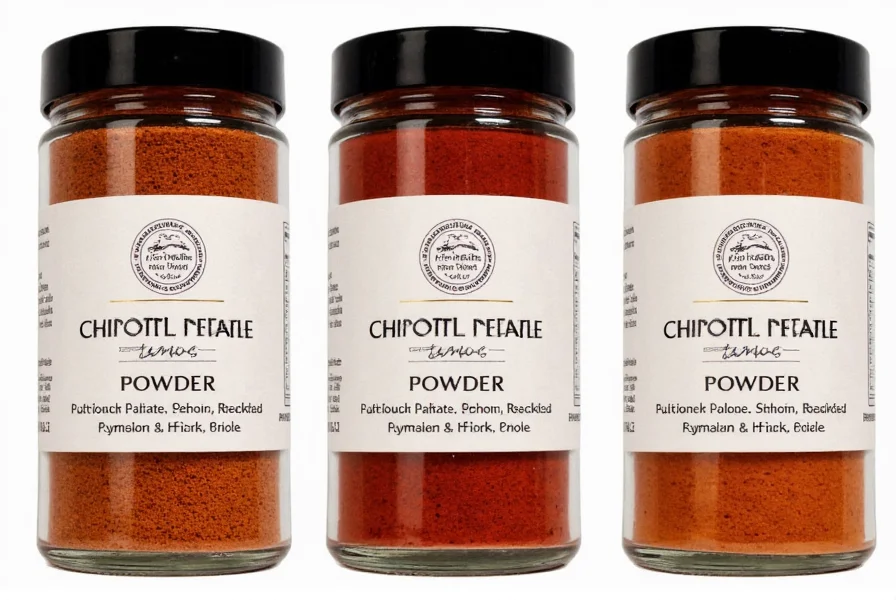
Flavor Profile & Heat Level
Chipotle powder is known for delivering both heat and a complex flavor profile. But just how hot is it, and what kind of flavor does it bring to the table?
| Characteristic | Description |
|---|---|
| Heat Level (Scoville Units) | 2,500–8,000 SHU (mild to medium-hot) |
| Flavor Notes | Smoky, earthy, slightly sweet |
| Mouthfeel | Dry, lingering warmth |
Compared to cayenne (30,000–50,000 SHU), chipotle is much milder. However, because of its smokiness, the heat feels more intense than the numbers suggest — especially when used generously.
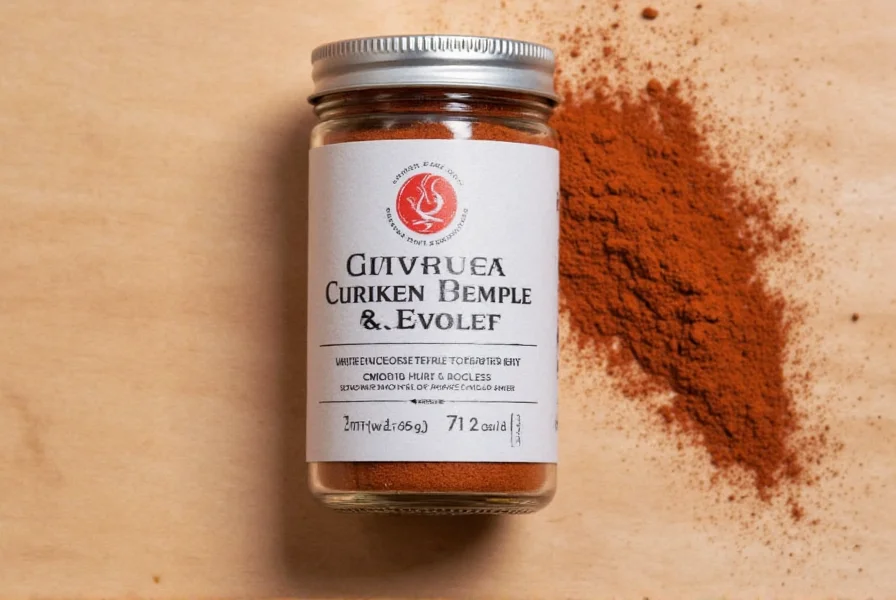
Creative Ways to Use It in Everyday Cooking
Now that we’ve covered the basics, let’s talk about the fun part — how to use it! Chipotle pepper powder isn’t just for Mexican dishes; it can elevate a wide variety of recipes. Here are some ideas:
- Tacos & Burritos: Sprinkle over grilled meats or mix into refried beans.
- Grilled Vegetables: Add a pinch to olive oil before roasting carrots or eggplants.
- Eggs: Mix into scrambled eggs or sprinkle over avocado toast.
- Soups & Stews: Stir into tomato-based sauces or chili for extra depth.
- Popcorn: Combine with melted butter and Parmesan for a smoky snack.
Pro tip: Start small! A little goes a long way, especially if you're new to its boldness.
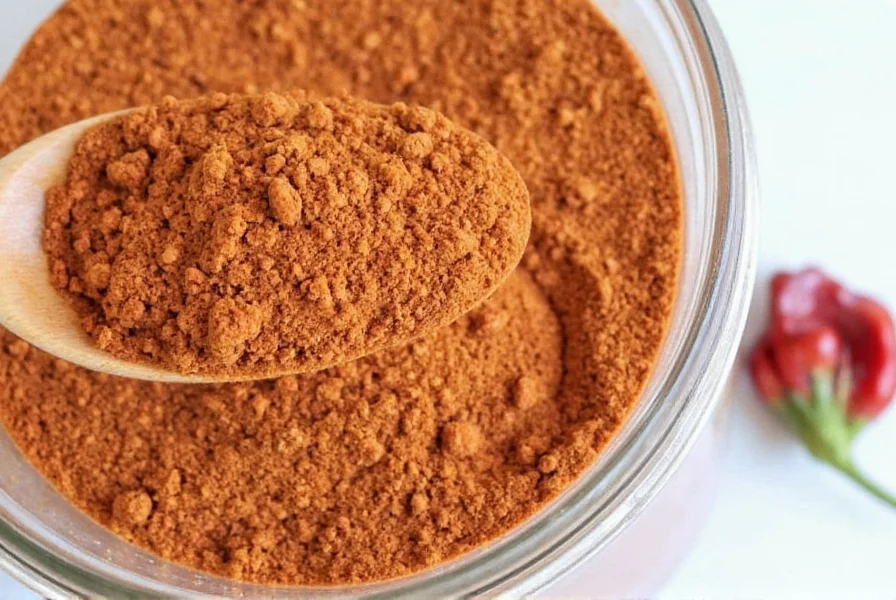
Buying Guide: How to Choose the Best Chipotle Powder
Not all chipotle powders are created equal. Here’s what to look for when shopping:
- Purity: Check the label. It should say 100% chipotle powder without any additives like salt, flour, or anti-caking agents.
- Color: Rich reddish-brown color indicates quality. Avoid overly dark or pale powders.
- Brand Reputation: Stick with trusted spice brands or artisanal labels that specialize in Mexican spices.
- Packaging: Dark, airtight containers help preserve flavor and potency.
Some top-rated options to consider:
| Brand | Key Feature | Best For | Price Range |
|---|---|---|---|
| McCormick Culinary | Certified pure, commercial-grade quality | Chefs and restaurants | $$$ |
| Simply Organic | Organic and non-GMO | Health-conscious cooks | $$ |
| Rancho Gordo | Artisan-made from heirloom chilies | Foodies and home chefs | $$$ |
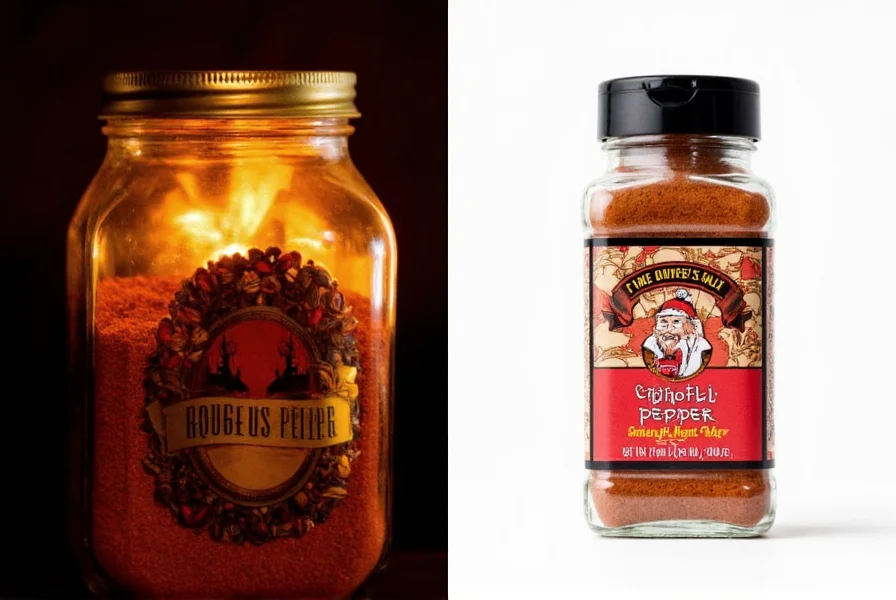
Health Benefits You Might Not Know
Beyond its flavor punch, chipotle pepper powder also packs some health benefits:
- Vitamin C Boost: Jalapeños are rich in vitamin C, and while drying reduces some content, the powder still contributes to immune support.
- Metabolism Support: Capsaicin (the compound responsible for heat) may temporarily increase metabolic rate.
- Anti-Inflammatory Properties: Some studies suggest capsaicin has mild anti-inflammatory effects.
- Digestive Aid: In moderation, chili peppers can stimulate digestion and relieve bloating.
Of course, these benefits come with balance — too much spice can irritate the stomach lining, especially for sensitive individuals.
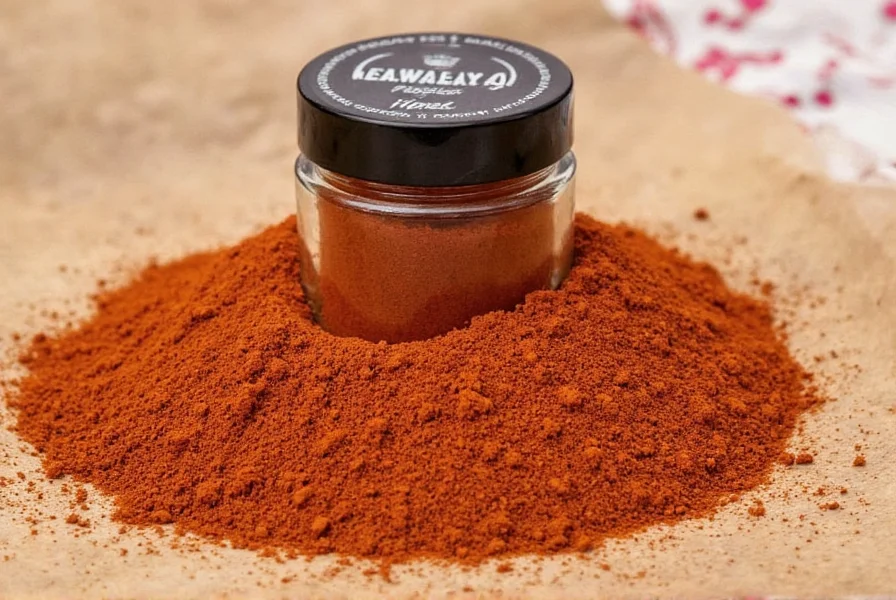
Storage Tips for Maximum Shelf Life
To keep your chipotle pepper powder fresh and potent, proper storage is key:
- Keep it dry: Moisture ruins spice powders, causing clumping and loss of flavor.
- Avoid sunlight: Store in a cool, dark cupboard away from heat sources.
- Air-tight container: Glass jars with tight lids work best.
- Label it: Mark the date you opened it — most dried spices stay potent for about 1–2 years.
If stored properly, your chipotle powder will retain its rich aroma and heat for months — maybe even years!
How Does It Compare to Other Spices?
Wondering how chipotle stands up against other popular spices? Let’s take a quick look:
| Spice | Heat Level | Flavor | Best For |
|---|---|---|---|
| Chipotle Powder | Moderate (2,500–8,000 SHU) | Smoky, warm, earthy | Tacos, grilled foods, sauces |
| Cayenne Powder | High (30,000–50,000 SHU) | Sharp, fiery | Cajun dishes, rubs, hot sauces |
| Smoked Paprika | Mild (0–1,000 SHU) | Smoky, sweet, subtle | Paella, deviled eggs, soups |
| Ancho Chili Powder | Mild to moderate (1,000–2,000 SHU) | Earthy, fruity, chocolate notes | Moles, stews, enchiladas |
So, if you want smoke with a bit of fire, chipotle is your go-to. If you want heat without smoke, cayenne wins. And if you're after subtlety and sweetness, smoked paprika or ancho might be better choices.
Final Thoughts: A Must-Have Spice in Every Kitchen
Whether you’re a weekend cook or a seasoned chef, chipotle pepper powder deserves a permanent spot in your spice drawer. Its unique combination of smokiness and moderate heat opens up endless culinary possibilities — from everyday meals to show-stopping dinner parties.
Remember, it’s not just about the heat — it’s about layering flavors. So next time you reach for a spice, give chipotle a try. You might just find yourself reaching for it again and again.
Happy cooking, and may your kitchen always smell of smoky deliciousness!

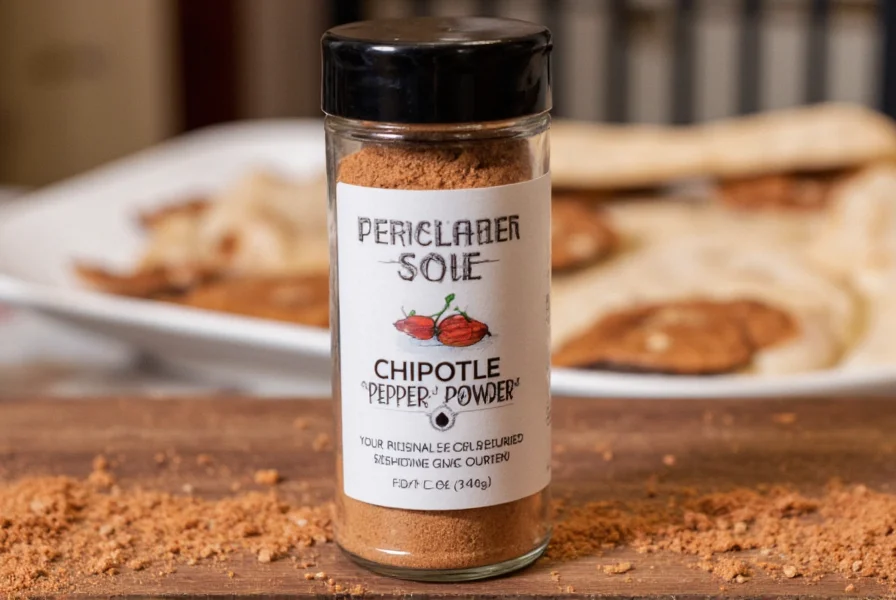









 浙公网安备
33010002000092号
浙公网安备
33010002000092号 浙B2-20120091-4
浙B2-20120091-4